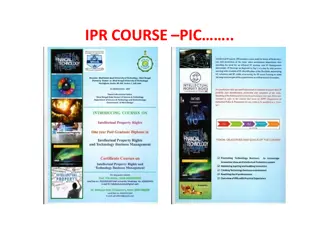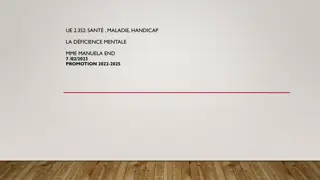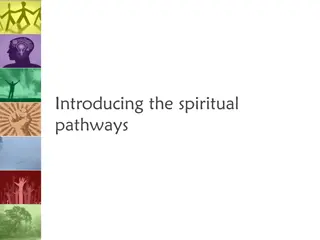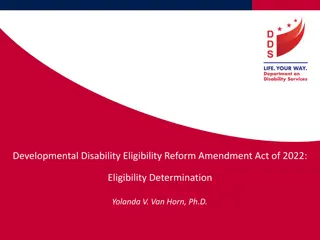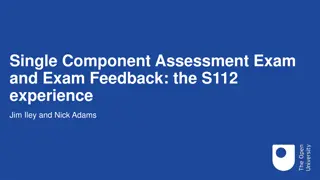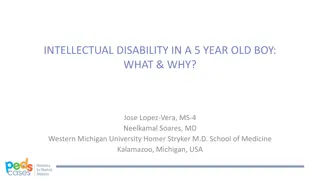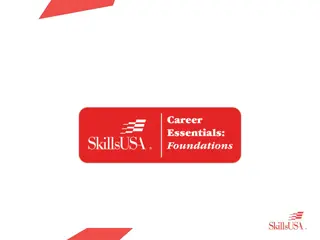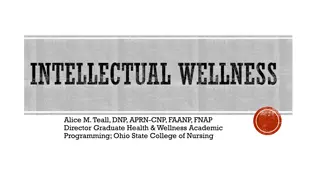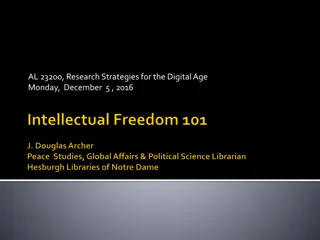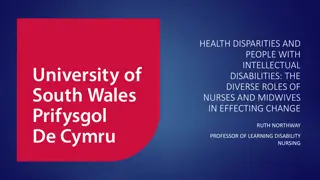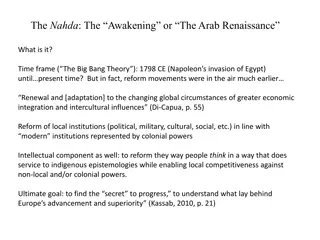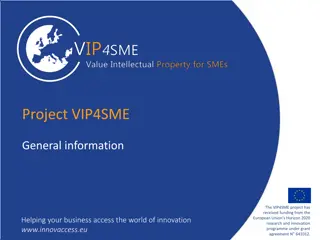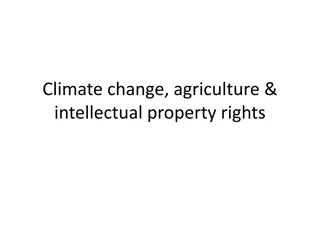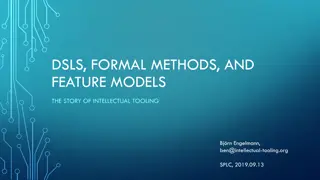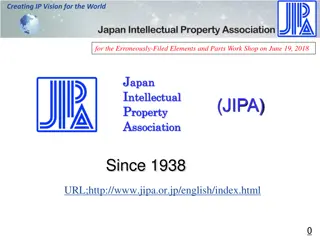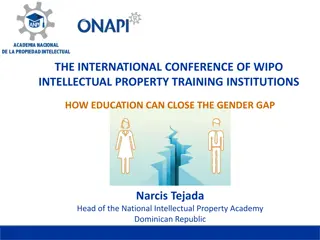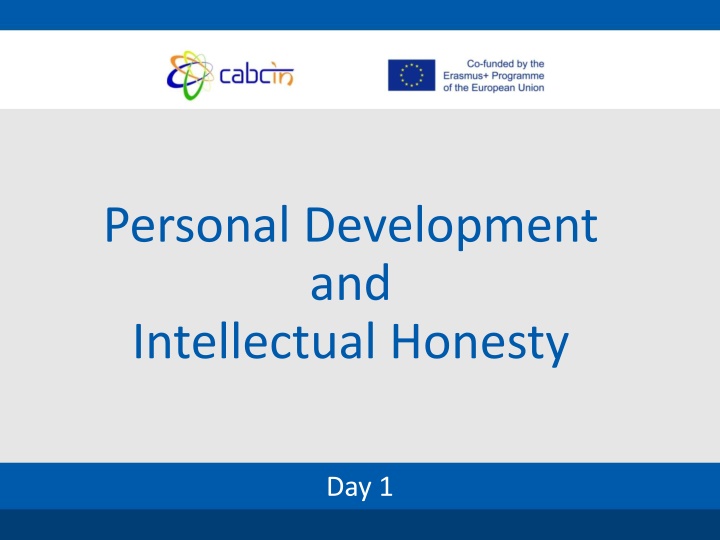
Developing Personal and Professional Integrity
Explore the dimensions of intellectual honesty, personal and professional development aligned with institutional goals, team dynamics, and academic integrity in higher education. Reflect on roles, values, and decision-making to enhance personal growth and alignment with organizational mission.
Download Presentation

Please find below an Image/Link to download the presentation.
The content on the website is provided AS IS for your information and personal use only. It may not be sold, licensed, or shared on other websites without obtaining consent from the author. If you encounter any issues during the download, it is possible that the publisher has removed the file from their server.
You are allowed to download the files provided on this website for personal or commercial use, subject to the condition that they are used lawfully. All files are the property of their respective owners.
The content on the website is provided AS IS for your information and personal use only. It may not be sold, licensed, or shared on other websites without obtaining consent from the author.
E N D
Presentation Transcript
Personal Development and Intellectual Honesty Day 1
PORTUGAL PORTUGAL Our Context France 88500Km2 Spain PORTUGAL Lisbon Azores (9 islands) 2335 Km2 Madeira (2 islands) 796 Km2 Marrocos 2
PORTUGAL PORTUGAL Portugal: Public Universities 3
PORTUGAL PORTUGAL NOVA University Lisbon 19 800 Students 4
The Team Patr cia Rosado Pinto (Coordinator) Elsa Caetano Isabel Nunes Joana Marques Jo o Sevilhano Rita Falc o Roberto Henriques 5
Expectations (according to the CABCIN initial survey) Intellectual honesty Personal and professional development Personal development plan aligned with the institutional mission 6
Content 1. 1. Intellectual honesty: Intellectual honesty: 1.1 Dimensions of intellectual honesty 1.2 Principles and values 1.3 Dilemmatic situations 1.4 Decision making 1.5 Beyond plagiarism 1.6 Academic Integrity: Teaching and learning approaches for intellectual honesty in higher education 2. 2. Personal and professional Personal and professional development development plan aligned with plan aligned with the institutional mission: the institutional mission: 2.1 From group to team 2.2 Team building principles 2.3 Reflection on the institutional mission 2.4 The importance of individual and team roles 7
Aims To identify different dimensions of academic integrity To reflect on professional path To identify personal and professional needs To align these needs with the institutional mission 8
DAY 1 GROUP/TEAM DEVELOPMENT Actions, roles, stages 9
Purposes of Day 1 To identify the roles played within a group/team To discuss about group/team development To reflect on what can be done to improve actions, ideas and relationships within a group/team 10
EXERCISE 1 EXERCISE 1 - - PHOTOLANGUAGE PHOTOLANGUAGE PHOTOLANGUAGE PHOTOLANGUAGE Choose the photo you most identify yourself with 11
EXERCISE EXERCISE 2 2 - - PARTICIPANTS PRESENTATION PARTICIPANTS PRESENTATION Please call me NAME NAME YOUR PHOTO PARTICIPANTS PRESENTATION PARTICIPANTS PRESENTATION How do we want to be addressed 12
E-learning debriefing We intended to: We intended to: Characterize participants perceptions about academic integrity To open the discussion about authenticity, originality, academic integrity, individual and institutional development and innovation To identify in which stage participants think their institution is regarding the existence of an institutional ethical code To initiate the reflection on the institutional and individual development plans 13
ACADEMIC INTEGRITY Individual and group/team values 15
EXERCISE EXERCISE 3 3 THE WALL OF VALUES THE WALL OF VALUES (Adapted from Korthagen, 2001) INDIVIDUAL WALL OF VALUES 1. Please select up to 10 values, either from the already filled cards or writing other values on the blank cards, selecting the values that FOR YOU best answer the question: - Which are the most important values regarding academic integrity? 2. Now, rank the chosen values according to the individual importance given to each value. - How do YOU RANK them in order of importance? Create your own criteria: up down // right left to organize the cards. You can put more than one value in the same level. 3. Build YOUR Wall of Values: stick the cards to a paper. Put your name on it. 16
EXERCISE EXERCISE 3 3 THE WALL OF VALUES (2) THE WALL OF VALUES (2) (Adapted from Korthagen, 2001) GROUP WALL OF VALUES 1. Present YOUR Wall of Values to the group 2. Now IN GROUP, answer to the question: - Which are the most important values regarding academic integrity? Select the most important values to the group. (Use a new set of cards) 3. The values should be ranked according to the importance given by THE GROUP to each value: - How do you rank them in order of importance? 4. Build THE GROUP s Wall of Values: use bostik to glue the cards to a paper. 5. Discuss and confront group and individual Walls of Values 17
EXERCISE EXERCISE 3 3 THE WALL OF VALUES (3) THE WALL OF VALUES (3) (Adapted from Korthagen, 2001) DEBRIEFING Small Group 1. Reflection on the processes of harmonization and negotiation 2. Commonalities and differences Large Group 3. Share your discussion with the large group 18
ACADEMIC INTEGRITY using a fable 19
EXERCISE EXERCISE 4 4 THE PENGUINS SOCIETY THE PENGUINS SOCIETY Read the excerpt from Our iceberg is Melting (Kotter, 2006) 20
GROUP/TEAM DEVELOPMENT Actions, roles, stages 22
EXERCISE EXERCISE 5 5 THE PENGUINS SOCIETY THE PENGUINS SOCIETY 1. Choose the character you most identify with 2. Gallery Walk 3. Large group presentation of each poster 23
EXERCISE EXERCISE 6 6 DILEMMAS THE PENGUINS SOCIETY DILEMMAS THE PENGUINS SOCIETY 1. Dilemmas of the main characters 2. Values used for resolution 3. Debriefing 24
EXERCISE EXERCISE 7 7 4 PLAYER MODEL: KANTOR AND ISAACS 4 PLAYER MODEL: KANTOR AND ISAACS MOVER Ideas Reviews REVIEWER Actions DEVELOPER Questions QUESTIONER 25
4 PLAYER MODEL: KANTOR AND ISAACS 4 PLAYER MODEL: KANTOR AND ISAACS DEBRIEFING Purpose of Actions Move: Direction Question/ Oppose: Correction Develop/ Follow: Completion Review/ Bystand: Perspective Source: Catherine Louis Agile Coach Camp 2010) 26
4 PLAYER MODEL: KANTOR AND ISAACS 4 PLAYER MODEL: KANTOR AND ISAACS DEBRIEFING Roles Diversity of roles Importance of recognizing this diversity Each member plays different roles at different times and contexts 27
4 PLAYER MODEL: KANTOR AND ISAACS 4 PLAYER MODEL: KANTOR AND ISAACS DEBRIEFING The benefits of a balanced team include: Inclusiveness: no single point of view allowed to dominate Repair: the team can recover from imbalances introduced by, for example, a recalcitrant oppose/questioner Adaptation: team members can responde to change without becoming rigid and defensive Differentiation: each individual has the opportunity to make his/her contribution (Source: Catherine Louis Agile Coach Camp 2010) 28
EXERCISE 8 EXERCISE 8 - - TEAM DEVELOPMENT TEAM DEVELOPMENT Relations between the members of the group/team Group/Team Performance 29
TEAM DEVELOPMENT TEAM DEVELOPMENT Relations between the members of the group/team Interdependence Performing Cohesion Norming Conflict Storming Forming Dependency Group Team Performance Problem solving Increased data flow: achieve task Orientation to task Orientation for task 30
GROUP/TEAM DEVELOPMENT GROUP/TEAM DEVELOPMENT Examples of group/team dysfunctions Lack of commitment Fear of conflict Avoidance of accountability Lack of attention to results Lack of trust within the group/team Source: Tuckman s team development model (1965) 32
EXERCISE 9 EXERCISE 9 ACTIONS, RELATIONSHIPS AND IDEAS ACTIONS, RELATIONSHIPS AND IDEAS Actions What can be done to improve the quality of the following team dynamics? Relationships Ideas 33
DEBRIEFING Up to 3 Take Home Messages on a piece of paper 34

